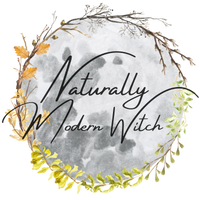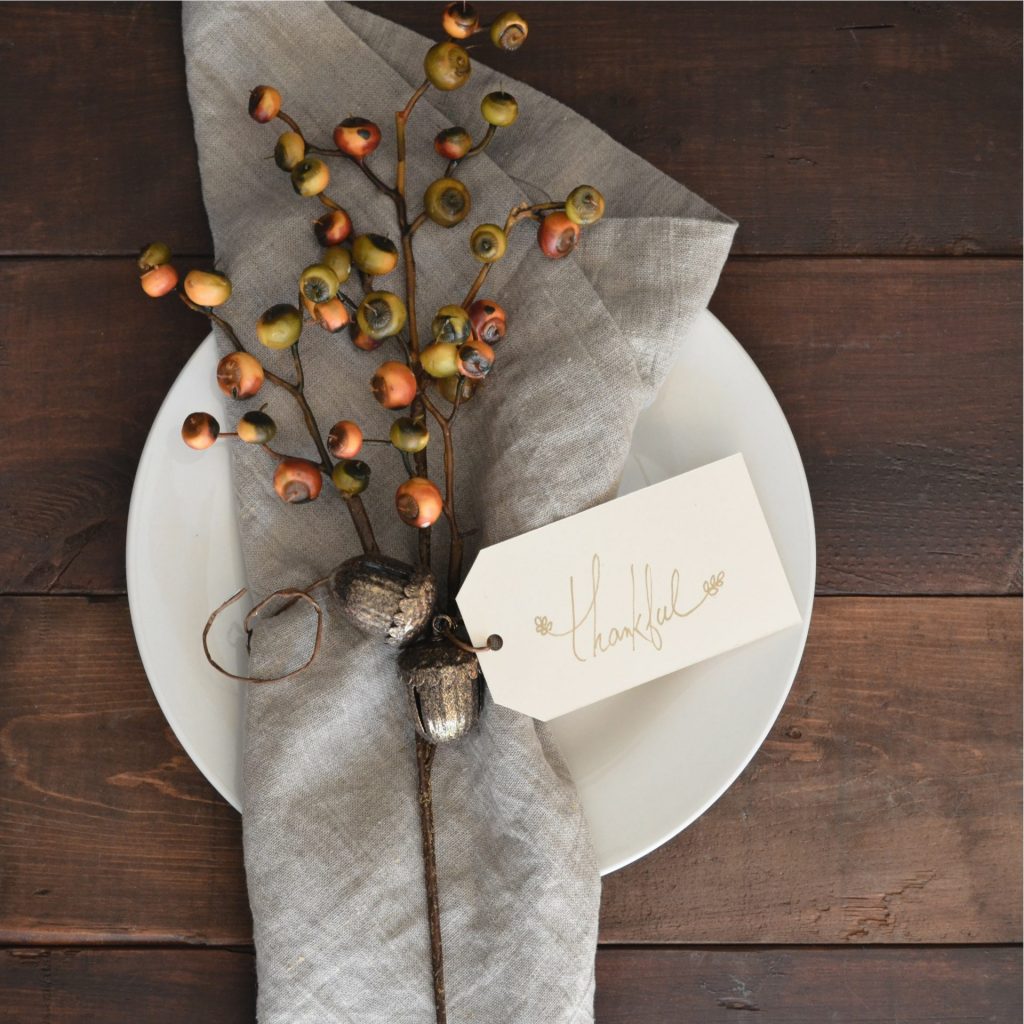This is something that I’ve struggled with…
These days the Thanksgiving holiday is mostly about gathering with loved ones over an amazing meal while expressing gratitude for all that you have… and maybe football. Of course, that doesn’t mean that we should completely gloss over the not-so-great cultural roots of the day, especially when it comes to the narrative that we are teaching our children.
You’ve heard the story: The Pilgrims fled England and landed on Plymouth Rock. The native people, the Wampanoag, taught them to farm the land. In 1621, they sat down together for a Thanksgiving feast, and we’ve been celebrating it ever since.
It’s a lesson many remember from childhood, but the story has some problems. And, of course, it leaves out what happened to native communities over the next few centuries.
Each year, parents search for the best way to address the elephant — or turkey — in the room.
How do I explain the real history of Thanksgiving to my kids?
Here’s how I explained Thanksgiving to my kids:
In 1620, a group of 100 men, women, and children boarded a ship called the Mayflower to sail from England to the New World. They have been called Pilgrims. They arrived in Winter to form a colony but didn’t know how to find or grow food. The Wampanoag helped by supplying them with seeds and food, teaching them about their new home, and giving them the skills needed to survive.
The first year in their new home was hard for the colonists and many died. But, with seeds and knowledge gifted from the Wampanoag, crops were planted.
The Plymouth colonists and Wampanoag Native Americans ate a feast together in 1621. It lasted three nights. They ate deer–not turkey–and the Wampanoag were accepting and helpful to the colonists. Though, despite their willingness to help, the colonists still saw the Wampanoag as savages. A few years later, colonists started claiming land, and many of those who lived on the land before were kept as slaves.
While it’s true that the famous meal in 1621 was peaceful, from the moment English colonists arrived, they shared an uneasy relationship with the Native Americans who had thrived on the land for thousands of years. At the time, millions of indigenous people were scattered across North America in hundreds of different tribes. Between 1622 and the late 19th century, a series of wars known as the American-Indian Wars took place between Indians and American settlers, mainly over land control.
Many years later, President Abraham Lincoln decided to declare Thanksgiving as a national holiday. But, he also decided to tell a “peaceful version” of the story to others during the Civil War with writer Sarah Hale as advocated.
What really happened back in the fall of 1621 is documented in only two primary sources from colonists’ perspectives.
In 1941 President Franklin Roosevelt made Thanksgiving a national holiday that we know today.
Here are some strategies when talking about Thanksgiving outside of the dinner story:
Emphasize critical thinking
Thanksgiving is an opportunity to get kids to ask questions and focus on multiple perspectives.
When reading books ask: Who’s the author, what’s the message, and what’s their motivation?”
Do you see Native Americans in a particular way and then we don’t see them again? Who is missing from the story? Why?
Make connections
Make it relevant to today. Make the connection that people left England in search of freedom. There are people today seeking refuge in America. How should people looking for help be treated? How should people helping them be treated?
Everyone has ancestors
Native American culture is alive today. Don’t set the idea that Native American’s only lived in the past. Where were your ancestors from? What were they wearing and how were they cooking? It’s very important to make that connection.
Shift the focus
Lots of cultures have a holiday to give thanks and many cultures celebrated a thanksgiving prior to the Plymouth colonists. Some people have turkey, others may celebrate in a different way or not at all. Focus on the many ways to celebrate gratitude.
No matter how you teach the complicated history of Thanksgiving, keep kids talking about it.
Sources to check out:
Time: Thanksgiving History Lesson
The True History of Thanksgiving


